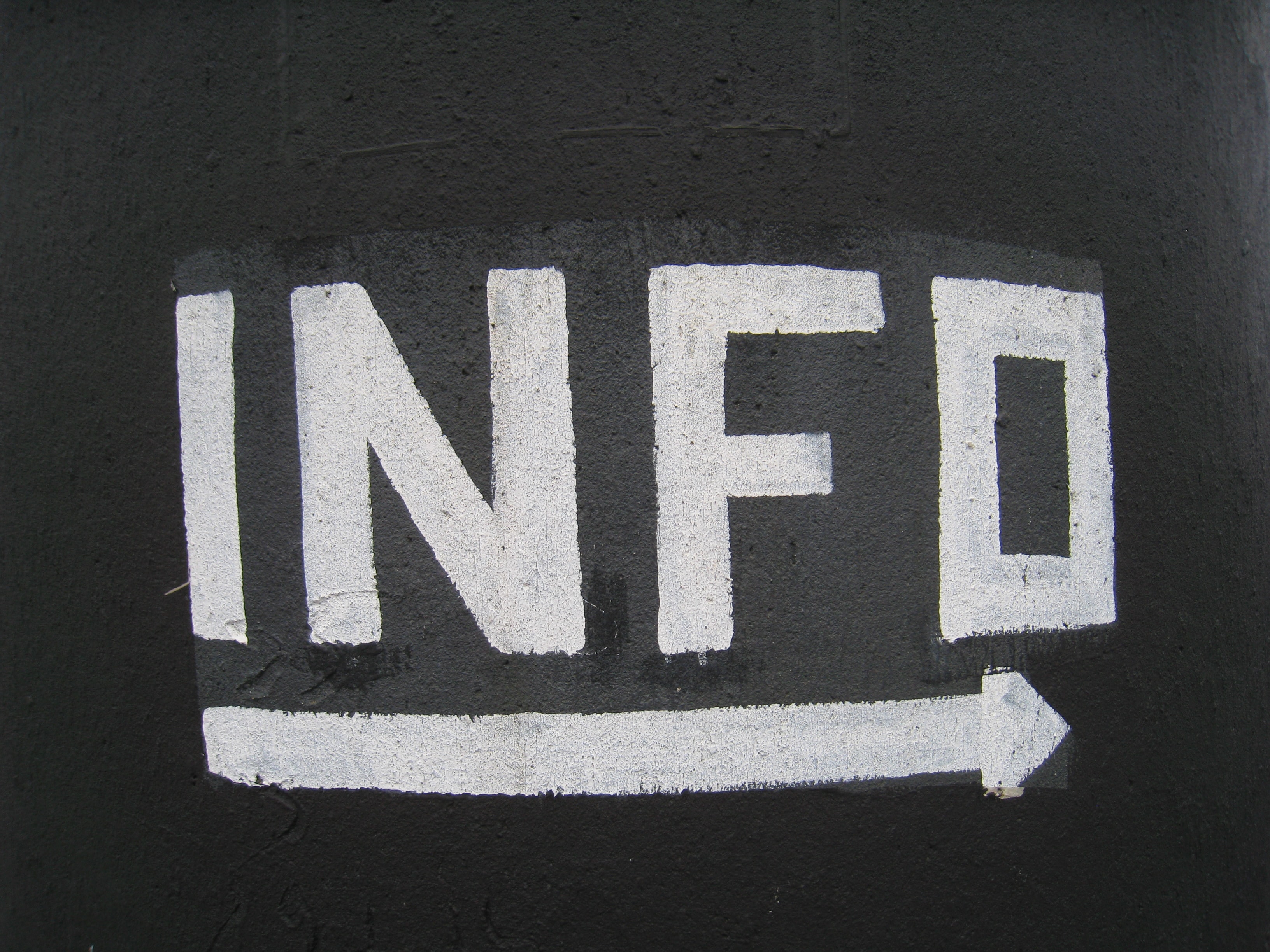When Misinformation Goes Viral, Local News Can Be an Antidote

"The speed of communications is wondrous to behold,” Edward R. Murrow said in a 1964 speech. “It is also true that speed can multiply the distribution of information that we know to be untrue."
Far from prescient, his observation echoes similar sentiments following historical developments in communication technology, including by Winston Churchill, Mark Twain and author Jonathan Swift, who is said to have written as early as 1710 that “falsehood flies, and the truth comes limping after it.”
The speed of communications has only accelerated faster since Murrow made his warning, and research shows that mis- and disinformation spreads faster and farther on social media than accurate information.
At the same time, more Americans say they primarily get their political news from social media than say they get it from cable, local or network tv or radio, lagging only news websites and apps. Those who get their news primarily online are among the least trusting of news and the least knowledgeable about or engaged in current affairs. Social media users are also more likely to have heard about false claims or conspiracy theories than other news consumers. Americans now consider misinformation online to be an even bigger problem than perceived media bias.
Mis- and disinformation online is now so prevalent that nearly 60 percent of people who use social media for news at least sometimes say they expect to find inaccurate information there.
On January 6, 2021, violent insurgency fueled by falsehood and conspiracy brought mis- and disinformation from the depths of the internet starkly to life – with fatal consequences. “What happened in the Capitol was the product of weeks of mis- and disinformation about the outcome of the 2020 presidential election,” said Daniel Funke of PolitiFact.
The seriousness of the information problem more evident than ever, Americans are split on who bears responsibility for combatting misinformation, citing media, tech companies, government and news consumers as accountable.
At the same time, experts are split on whether the online information environment can improve, with skeptics pointing out that bad actors can get around technology-based solutions, including by using low-tech tools.
Where does that leave local broadcast newsrooms?
Murrow’s warning about disinformation came six years after his famous “wires and lights in a box” speech reminding news broadcasters of their responsibilities. Both messages stand today.
Local broadcast newsrooms remain among the most trusted sources of information, with fewer news consumers citing local news as a source of inaccurate information than any other source. Local newsrooms are also well-equipped to reach news audiences on a variety of platforms including low-tech and legacy channels as well as online.
Two key tasks for local broadcasters stepping up to meet the misinformation challenge remain: strengthening internal verification processes for online and user-generated information and understanding effective reporting on misinformation without amplifying it.
RTDNA, with insight from First Draft News, an organization on the front lines fighting disinformation and working to support truth in journalism, has issued best practices guidance for newsrooms to address both challenges.
The challenges of mis- and disinformation won’t be easily overcome and the work won’t ever be ended – falsehoods have flown for centuries – but the need for proactive efforts by newsrooms is more urgent than at any time in modern history.
Falsehood may fly, but local newsrooms have an imperative to fight for facts and – a head start.
